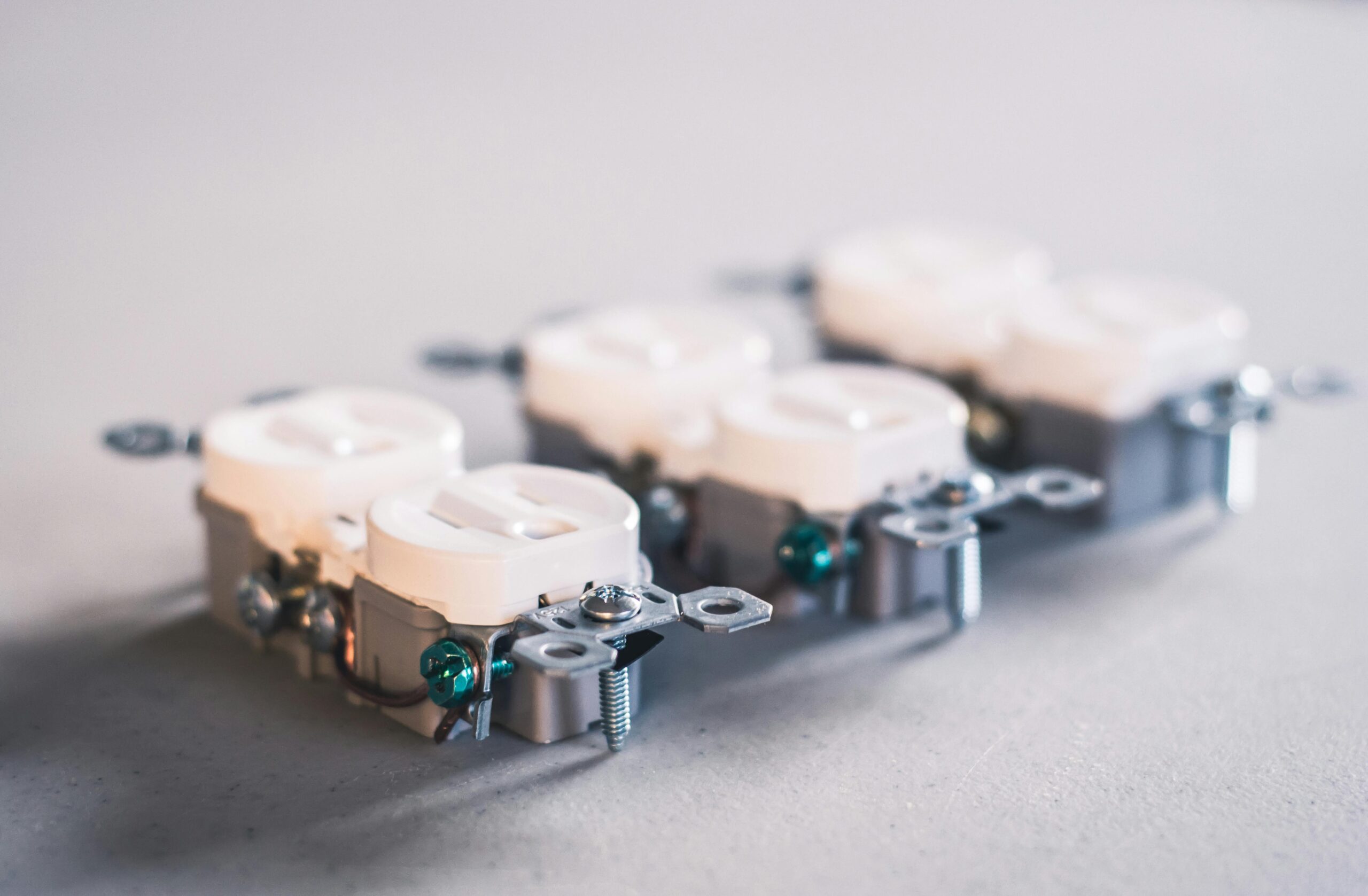Electrical safety in homes often hinges on features we rarely notice until they protect us from harm. Ground Fault Circuit Interrupter (GFCI) outlets represent one of the most significant advancements in home electrical safety over the past few decades. These specialized outlets monitor electrical current flow and can quickly disconnect power when they detect potentially dangerous situations that might lead to electrical shock. This article explores what GFCI outlets are, why they’re crucial for preventing electrical shock, and the specific locations in your home where building codes require their installation.
What Is a GFCI Outlet?
A Ground Fault Circuit Interrupter (GFCI) outlet is a specialized electrical receptacle designed with safety in mind. Unlike standard outlets, a GFCI outlet explained simply is an electrical device that constantly monitors the balance of electrical current flowing through a circuit. When functioning normally, the amount of current flowing into a circuit equals the amount flowing out. However, if current begins leaking—perhaps through water or through a person—the GFCI detects this imbalance and trips within a fraction of a second, cutting power to prevent potential electrocution.
These outlets are easily identifiable by their distinctive appearance: they feature “Test” and “Reset” buttons between the two receptacles. The test button allows homeowners to verify the outlet is working correctly, while the reset button restores power after a trip or test. This simple yet sophisticated technology has prevented countless electrical accidents since becoming widely adopted in residential construction.
The Importance of GFCI Protection in Homes
The importance of GFCI protection cannot be overstated when discussing electrical safety home improvements. Conventional circuit breakers are designed to protect wiring and equipment from overheating due to overloads or short circuits, but they aren’t sensitive enough to protect humans from electrical shock. GFCI outlets, in contrast, can detect current differences as small as 4-5 milliamperes—well below the threshold that can cause serious harm to the human body.
Water dramatically increases electrical conductivity, making wet areas particularly hazardous. When water comes into contact with electricity, it creates a path of least resistance—often through a person touching both the water and an electrical source. GFCI outlets excel at preventing electrical shock in these scenarios by detecting the current leakage almost instantaneously. Even if your hands are wet or you’re standing in water, a functioning GFCI outlet will trip before you experience a severe shock, potentially saving your life.
Where to Install GFCI Outlets in Your Home
Understanding where to install GFCI outlets is crucial for maintaining a safe home environment. The National Electrical Code (NEC) mandates GFCI protection in specific locations where water and electricity might interact. These requirements have expanded over the years as safety standards have evolved.
Kitchens require GFCI outlets for all receptacles serving countertop surfaces. This requirement makes perfect sense given the presence of water, conductive surfaces, and numerous electrical appliances in most kitchens. The combination of water from sinks, damp hands, and electrical appliances creates an environment where GFCI protection is essential.
Bathrooms present another high-risk area where all outlets must have GFCI protection. The proximity of outlets to sinks, showers, and tubs makes this requirement self-evident. Even with bathroom fans removing humidity, the persistent moisture in these spaces necessitates this additional safety measure.
Outdoor receptacles also require GFCI protection regardless of location. Whether you’re using power tools in the rain or connecting holiday lights, outdoor electrical use involves exposure to moisture and potentially wet ground conditions. GFCI protection extends to outlets in garages, crawl spaces, unfinished basements, and utility rooms for similar reasons.
Less obvious locations requiring GFCI protection include receptacles near indoor water sources like laundry sinks, wet bar sinks, and within six feet of any water source. Even receptacles that serve specific appliances like dishwashers, garbage disposals, and sump pumps typically require this protection level due to their proximity to water sources or damp environments.
Upgrading Your Home with GFCI Protection
If your home was built before GFCI requirements became standard, you might need to upgrade certain outlets to improve electrical safety. This process doesn’t necessarily require rewiring your entire home. Individual GFCI outlets can replace standard outlets in critical locations, or you can install GFCI circuit breakers at your electrical panel to protect entire circuits.
For homeowners unsure about the current state of their electrical system, professional electricians can conduct safety inspections and recommend appropriate upgrades. These professionals can identify areas where GFCI protection should be added and ensure installations meet current code requirements. Professional installation is particularly important for homes with older wiring systems that might require additional modifications to support modern safety features. Finding qualified electricians for this important safety work is simple with resources like AskHomey, where you can connect with pre-screened electrical professionals in your area.
Proper maintenance of existing GFCI outlets is equally important. Homeowners should test their GFCI outlets monthly using the test button to ensure they trip properly. A GFCI that doesn’t trip when tested needs immediate replacement, as it no longer provides the intended safety protection.
For more tips and to connect with reliable home service professionals, follow AskHomey on Facebook and Instagram.



